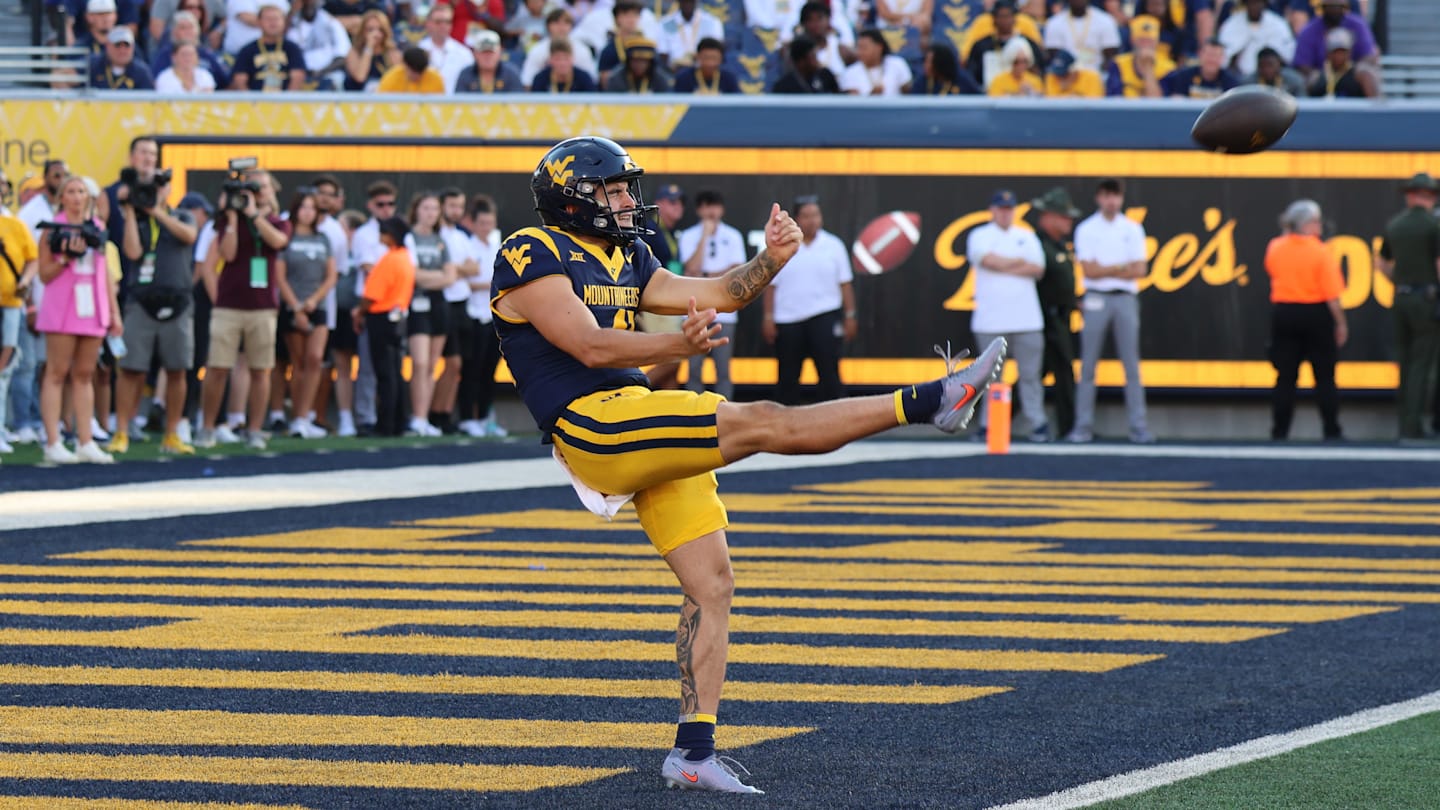Attendees cheer after the International Olympic Committee awarded the 2034 Winter Olympic Games to the Salt Lake City-Utah Committee during a live watch party held at the Salt Lake City and County …
More than 400 sports officials from around the country are expected in Salt Lake City this week for the U.S. Olympic and Paralympic Committee’s annual assembly.
The annual gathering of the USOPC, sport national governing bodies, athletes and others associated with Team USA is being held at the Little America Hotel and is set to begin with a dinner Tuesday and end Sunday.
The series of meetings, which include a Town Hall for all participants on Friday, are intended to focus on finalizing preparations ahead of the next Olympics, the 2026 Winter Games that begin in February in Milan and Cortina, Italy.
The assembly is also seen as an “opportunity to build excitement” for Team USA, the USOPC posted, as well as the decade of Olympic and Paralympic sport in the U.S. that include the 2028 Summer Games in Los Angeles as well as Utah’s next Winter Games, in 2034.
“We’ll use this time to listen, engage and embrace our diverse perspectives, with the goal of emerging as a more unified and collaborative community,” the post said, “so that, together, we can empower American athletes to reach their greatest potential and grow the love of sport in this country.”
Leaders of Utah’s Organizing Committee for the 2034 Olympic and Paralympic Winter Games also are meeting at the hotel on Wednesday, including with the members of their steering committee who serve as advisers.
Utah’s first lady, Abby Cox, is leading a service project Thursday at the hotel as part of her Show Up initiative. She’ll be joined by organizing committee and USOPC officials as well as Olympic athletes to assemble snack kits for Granite School District students.
The USOPC assembly is usually held in Colorado Springs, where the organization that oversees the Olympics in the U.S. is headquartered. Having the event in Salt Lake City is significant, said Fraser Bullock, the organizing committee’s president and executive chair.
“I think it’s very notable that they’re coming to Utah, to our home, to the future host of the 2034 Games,” Bullock said of the U.S. Olympic community. “This gives us the opportunity to showcase Utah, for them to feel what we feel every day here in Utah.”
He wants them to “get the vibe that this is indeed the state of sport and in particular, that we have extensive programs for our youth. In addition to that, we’ll be talking about all of the events coming to Utah over the next nine months, world cups and various other types of competitions.”
It shows that Utah is “100% in on the partnership with the USOPC to grow sports in the United States” and especially in the state, Bullock said. “Over time, we hope to spread that to the entire country.”
Organizers are planning on using some of the more than $200 million in contributions recently pledged by individuals and foundations in Utah to the 2034 Games to launch youth sports programs.
There’s nothing specific that Utah’s Olympic organizers are looking for from the assembly, Bullock said, noting they’ll provide “a general update” on preparations for the 2034 Games that have been underway since the start of the year.
Source: Utah News









